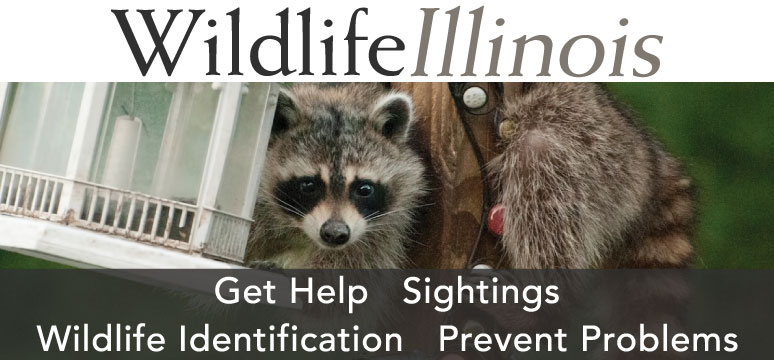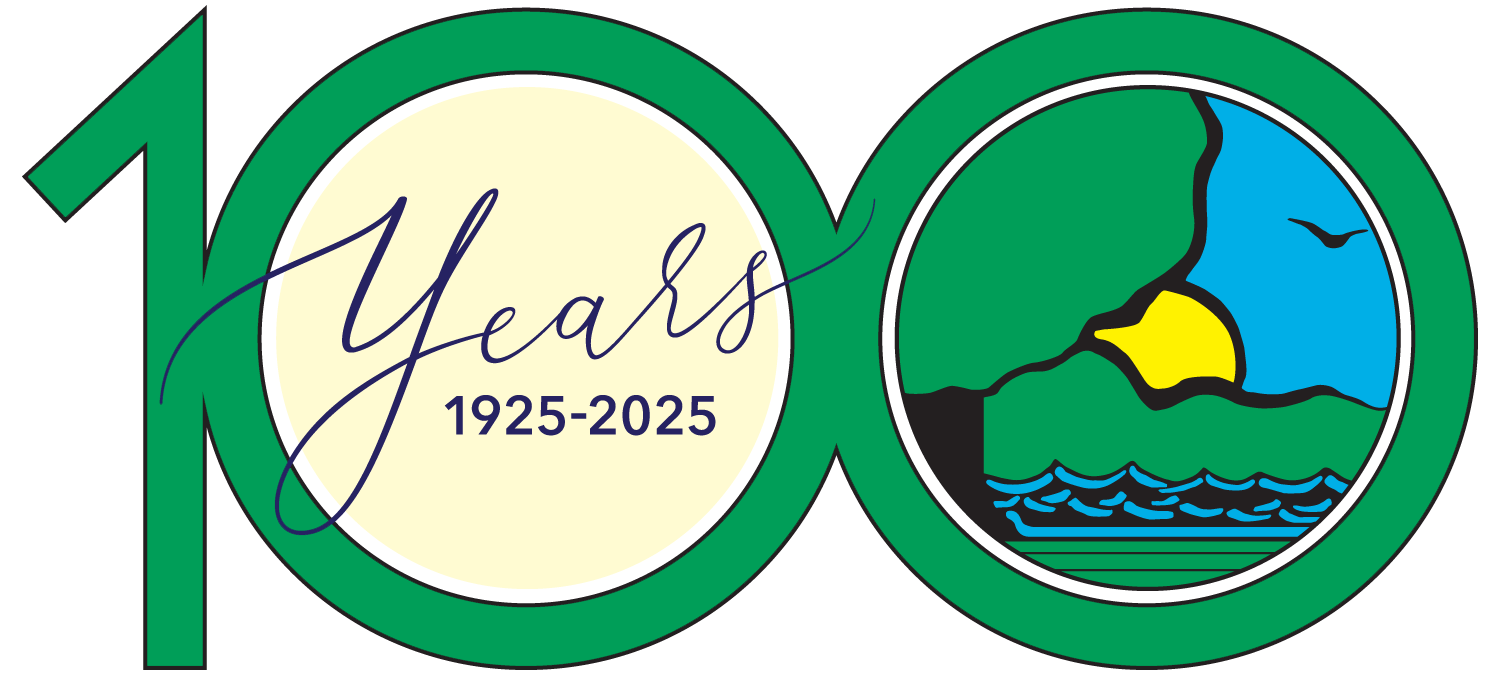
Photo by Robert J. Reber



Photo by Robert J. Reber
The Illinois Department of Natural Resources’ (IDNR) Division of Wildlife Resources administers four special grant programs that are funded by Illinois outdoorsmen and outdoorswomen through the purchase of Habitat Stamps and Migratory Waterfowl Stamps. These are the Illinois Habitat Fund, State Pheasant Fund, State Furbearer Fund and the Migratory Waterfowl Stamp Fund. Together, these programs are designed to protect, acquire, enhance or manage wildlife habitat and to support limited research and educational programs to further advance this mission.

The Illinois Habitat Fund, funded through the purchase of a State Habitat Stamp, was established in 1992 with enactment of the Habitat Endowment Act. The State Habitat Stamp replaced the original Pheasant and Furbearer stamps, expanding funding opportunities for the preservation and maintenance of high-quality habitat as well as for game and non-game wildlife.
“The Act was established to provide a stable and supplemental source of money to support activities and programs undertaken by IDNR or other managers of land to preserve, protect, acquire, and manage habitat for future generations,” explained Mark Alessi, Chief of the IDNR Division of Wildlife Resources and chairman of the Habitat Fund Committee. “In addition to the funds raised by outdoorsmen and women purchasing their annual Habitat Stamp, the Act allows IDNR to accept contributions, grants, gifts, bequests, legacies of money and securities from parties interested in supporting projects directly related to the purpose of the Fund.”
Not-for-profit organizations and governmental entities are encouraged to review the requirements for qualifying for Habitat Fund grants in advance of the annual call for proposals. Applications are evaluated for their merit by a team established by law that includes the Chief of the IDNR Division of Wildlife Resources, Chief of the IDNR Division of Land Management, three or more representatives from statewide conservation organizations, a landowner and three or more representatives from nonprofit institutions, corporation or universities. Committee members external to IDNR are appointed by the IDNR Director.

“Hunters and trappers dollars are, and always have been, put to good use through projects funded with Habitat Stamp resources, and the on-the-ground work that is taking place is necessary and valuable to our natural resources,” said John Burk, who, as the National Wild Turkey Federation (NWTF) district biologist for Illinois and Missouri, has served on the committee since October 2012. “Basically, the fund traditionally has been divided in three, with a third allocated for projects on IDNR management areas, another third going toward land acquisition efforts and the final third to non-governmental organizations (NGO). In some cases, the work undertaken by an NGO takes place on publicly owned lands, in cooperation with the land management organization, such as the NWTF work taking place on state and federal lands. Other NGOs focus more on private lands, including the cost-share assistance programs Quail Forever has done in the past.”
In reviewing projects, committee members measure habitat quality by such parameters as type, native diversity, size, structure, scarcity, location and linkage with neighboring habitat. Priority is given to projects that closely pursue the strategies and objectives of the Illinois Wildlife Action Plan’s Forest and Woodland Campaign or Farmland and Prairie Campaign. Projects that have been undertaken in the past include the purchase of no-till drills for native grass and forb seeding or small equipment and fire protection gear for prescribed burns. Other projects have focused on the development of small wetlands, improvement of timbered areas and the control of exotic/invasive species. Also important is the allocation of money for habitat education efforts, such as teaching landowners how to undertake management actions and what programs are available.

Tim Caughran, Director of Field Operations for Quail Forever, represents Pheasants Forever and has served on the Habitat Fund committee since December 2010. Caughran remarked that “whether from an NGO or the IDNR, the Habitat Fund habitat projects do a lot of good delivering the strategies and goals of the Illinois Wildlife Action Plan. Many of the projects are targeted and use the best science available to provide measurable benefits to wildlife Species in Greatest Conservation Need. Those projects can be divided into two general categories—habitat establishment and habitat management.”
Examples of some of the 17 projects 2018 Habitat Fund Project Grant are as follows:

Kathy Andrews Wright retired from the Illinois Department of Natural Resources where she was editor of OutdoorIllinois magazine. She is currently the editor of OutdoorIllinois Journal.
Submit a question for the author
Question: Does an Illinois duck stamp also allow you to hunt turkey on private land in Illinois?